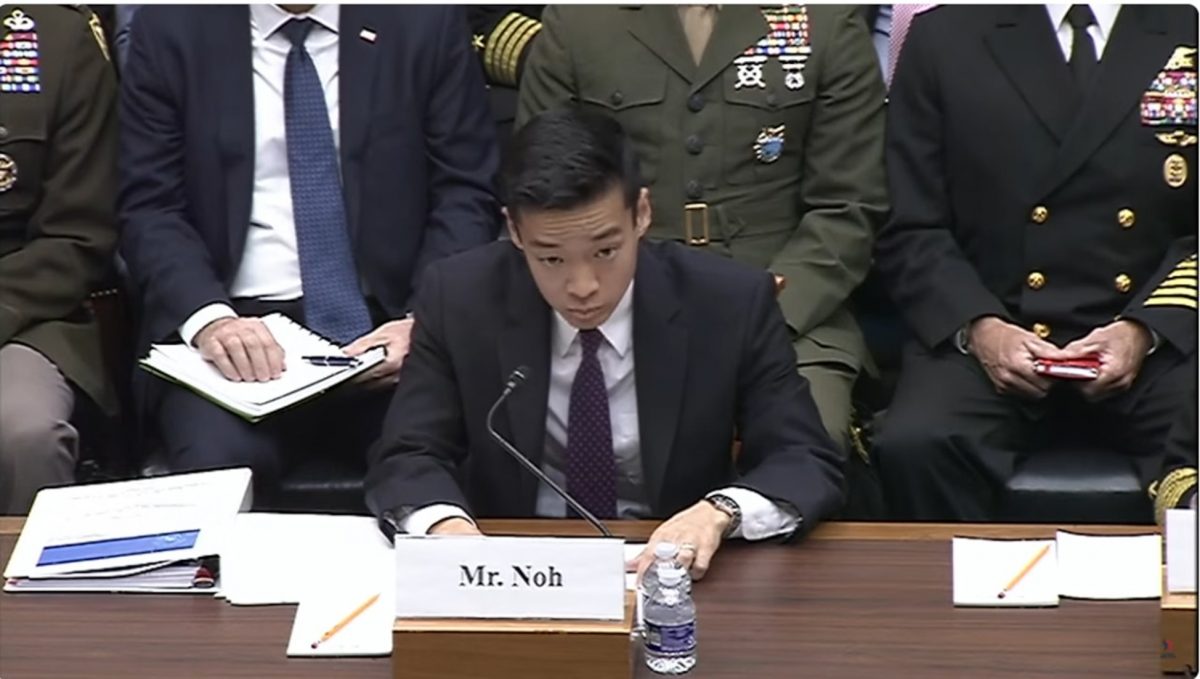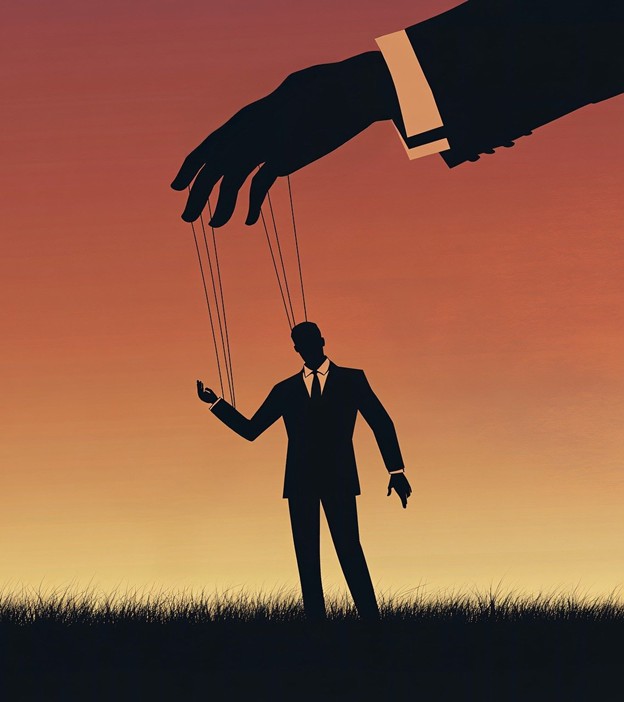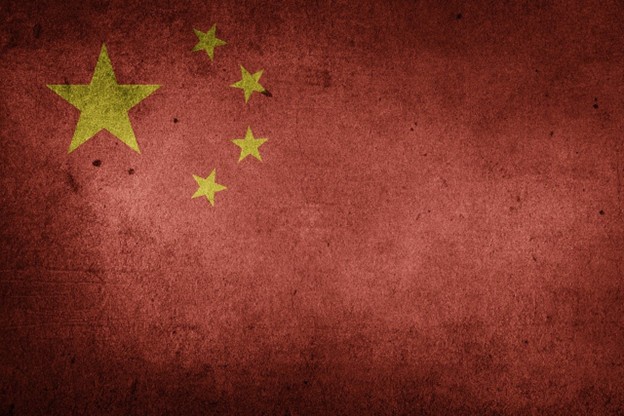What happens when judges are clearly committing illegal acts? Here we turn to several examples from the state courts.
As described in The Hill, “Former Doña Ana County Magistrate Joel Cano and his wife Nancy Cano were taken into custody at a home in Las Cruces, New Mexico…Cano rented out his casita to Cristhian Ortega-Lopez, an alleged Tren de Aragua member, at the behest of his wife last year…[t]hey met Ortega-Lopez when his wife hired him to do housework, according to a criminal complaint. The District Attorney’s Office said Cano’s daughter had multiple firearms and let Ortega-Lopez hold, shoot and pose with them in pictures that were posted on social media.”
As bad as this situation may have been for the judge and his family, Cano managed to make his position worse for himself; “Federal officials have accused the judge of destroying a cellphone said to belong to suspected gang member Cristhian Adrian Ortega-Lopez,” according to NBC News. “In a criminal complaint, the officials said that the judge destroyed the phone with a hammer and that the device was being sought because it may have contained photographs showing Ortega-Lopez possessing weapons, some of which allegedly belonged to Cano, his wife and their daughter.” Further, “[t]he judge’s wife, Nancy Cano, was charged…with conspiracy to tamper with evidence. The criminal complaint alleges that she told Ortega-Lopez to delete his Facebook account where he had posted photos with weapons allegedly owned by the judge, his wife, or their daughter.”
Notice that Cano is a “former judge.” Curious why he’s no longer on the bench?
“Two separate disciplinary inquiries into Cano were unsealed…after the state Supreme Court canceled [previously scheduled] oral arguments,” according to the Albuquerque Journal. “Cano resigned from the bench in March with the stipulation that he would never again seek judicial office or exercise judicial authority in New Mexico. The order halted further disciplinary proceedings…A complaint alleged that Cano had committed willful misconduct in office by allowing [the illegals] to live on his property, and had permitted them access to firearms.”
The Albuquerque Journal also adds this bit of information; “Cano, 67, was first elected to the bench as a Democrat in 2010.” Further, “[t]he other [unsealed] inquiry…addressed findings of judicial misconduct pertaining to matters in Cano’s courtroom…Cano had inappropriately sought information about an internal investigation into a State Police officer; submitted a response to an appeal in which he disparaged a local defense attorney’s reputation; failed to recuse himself when that appeal was remanded to his court; and made a false statement during proceedings in another case.”
It would appear that Cano may have thought of himself as being above the law for some time, based upon these other disciplinary charges. In the matter that led to his arrest, it is possible that Cano did not know specifically that Ortega-Lopez was a member of Tren de Aragua. But he and his wife certainly knew Ortega-Lopez was in the country illegally, and should not have had access to firearms. That would explain their efforts to destroy evidence.
Very little effort has been made to publicly defend former Judge Cano for his actions. But another judge who acted in a far more questionable manner has found many powerful supporters.
As described by CNN, “[a] Milwaukee County Circuit judge was arrested by the FBI…and charged in federal court for allegedly helping an undocumented immigrant avoid arrest. Judge Hannah Dugan is facing two charges for obstruction and concealing the individual from arrest…investigators said that plainclothes federal agents went to Dugan’s courtroom on April 18 with the intention of arresting [Eduardo] Flores-Ruiz. A Mexican immigrant, Flores-Ruiz had been removed from the United States in 2013, but immigration officials learned he was back in the country illegally because of his arrest in a local domestic abuse case. After being informed of the agents’ presence by her courtroom deputy, the judge ‘became visibly angry, commented that the situation was ‘absurd,’ left the bench, and entered chambers,’ court documents say…Several witnesses – including Dugan’s courtroom deputy and both the prosecutor and the Victim Witness Specialist on Flores-Ruiz’s case – allegedly recounted seeing Dugan then direct Flores-Ruiz and his attorney to leave through a ‘jury door,’ which leads to a nonpublic area of the courthouse, court documents say. One of the witnesses told investigators that Dugan stopped the two as they tried to exit through the normal door to the courtroom, saying something to the effect of ‘wait, come with me.’ Flores-Ruiz and his attorney quickly exited the courthouse before the agents were able to catch up to them, investigators say. Agents found Flores-Ruiz outside the courthouse and identified themselves. He took off running but was eventually captured.”
FBI Director Kash Patel defended the arrest of Judge Dugan on Obstruction of Justice charges, stating “We believe Judge Dugan intentionally misdirected federal agents away from the subject to be arrested in her courthouse, Eduardo Flores Ruiz, allowing the subject – an illegal alien – to evade arrest.” Attorney General Pam Bondi chimed in with some very familiar words; “Nobody is above the law, not even a judge.” But the usual characters had the usual response.
“’The judiciary acts as a check to unchecked executive power. And functioning democracies do not lock up judges,’ Democratic [Wisconsin] state Rep. Ryan Clancy” told a group protesting the arrest. “Democratic Wisconsin Gov. Tony Evers, in a statement on the arrest, accused the Trump administration of repeatedly using ‘dangerous rhetoric to attack and attempt to undermine our judiciary at every level.’”
Speaking to Amy Goodman of Democracy Now, Milwaukee Attorney Ann Jacobs said “The message is crystal clear: ‘If you cross the Trump administration, we will arrest you.’ I mean, I think that’s literally what they are trying to do. So, I think the goal is to chill judges from ruling against the Trump administration…certainly, that’s the intention of this, with the hopes that they can cudgel the judiciary into simply becoming meekly obedient to the executive branch.”
The interview adds an interesting fact in the judge’s defense. Apparently, according to Jacobs, the federal agents “go to Judge Dugan’s courtroom, and they say, ‘We’re here to arrest this guy.’ And she says, ‘We’ve got a protocol. You have to go talk to the chief judge,’ whose courtroom is some distance away. And they say, ‘Fine.’ And she goes back in.” So far, so good – there is nothing inappropriate in a judge asking law enforcement to follow proper procedure. But also according to Jacobs, after Judge Dugan was informed that federal agents were there to arrest Flores-Ruiz, “she allows the public defender and the gentleman at issue to go out a side door.”
Hustling a defendant out a side door to avoid arrest may strike a memory chord with our New York City readers – anyone remember Queens Criminal Court Judge Laura Blackburne?
“Reader’s Digest gave one of three annual Broken Gavel Awards to Blackburne after an incident in June (2004), where the judge told a court officer to release 23-year-old robbery suspect Derek Sterling. He was taken to an elevator used only by judges, to avoid an arrest in a different case by a detective who was waiting outside the courtroom for him. Blackburne did not think she did anything wrong. Her response to the defendant at the time was, ‘I resent the fact that a detective came to this court under the ruse of wanting to ask you questions when, in fact, he had it in his head that he wanted to arrest you. If there is a basis for him arresting you, he will have to present that in the form of a warrant.’”
Some background on Judge Blackburne might place her actions in perspective: “Blackburne, 66, is a graduate of St. John’s University School of Law and is the wife of Elmer Blackburne, a former Democratic district leader in Southeast Queens. She is also a former Democratic district leader and served briefly as a lawyer for the NAACP before running unopposed in 1995 for a 10-year term as a judge. Prior to her judicial career, Blackburne earned citywide notoriety in 1992 after resigning as the chairwoman of the New York City Housing Authority in the face of widespread criticism of her lavish spending on redecorating her office. She spent $38,000, including $3,070 on a pink leather couch and $5,500 for matching pink venetian blinds.”
While the Judge did not face any criminal charges, as a result of her conduct, she was removed from the bench by the New York State Commission on Judicial Conduct in 2006. As the New York State Court of Appeals stated, “[i]n impeding the legitimate operation of law enforcement by helping a wanted robbery suspect to avoid arrest, petitioner placed herself above the law she was sworn to administer, thereby bringing the judiciary into disrepute and undermining public confidence in the integrity and impartiality of her court…petitioner’s dangerous actions exceeded all measure of acceptable judicial conduct. By interposing herself between the defendant and the detective, petitioner abandoned her role as neutral arbiter, and instead became an adversary of the police. This is completely incompatible with the proper role of an impartial judge.”
We can discuss whether the arrest of Judge Dugan is a bit heavy-handed, or an example of a government that has reached the final straw with courts that take the law into their own hands. In either case, it is important to note something that Judge Dugan’s defenders have clearly forgotten.
Under Canon 2 of the American Bar Association’s Model Code of Judicial Conduct, “[a] judge shall perform the duties of judicial office impartially, competently, and diligently'” while Canon 1 states that “[a] judge shall uphold and promote the independence, integrity, and impartiality of the judiciary, and shall avoid impropriety and the appearance of impropriety.” Under these rules, the actions of Judge Dugan are just as unethical as were the actions of Judge Blackburne.
It is one thing for Judge Dugan to tell federal agents they need a particular warrant to arrest the defendant, and to speak with the Chief Judge. But it is quite another thing to help that defendant escape.
The same goes for Judge Cano. Perhaps he did not know he was harboring a member of Tren de Aragua. But he certainly knew that he was giving shelter to an illegal alien, and allowed that person access to weapons. Making matters worse, he and his wife then tampered with the evidence of that alien’s possession of those weapons.
Neither Judge Cano nor Judge Dugan acted in an impartial manner. Neither upheld and promoted the independence, integrity and impartiality of the judiciary. But unlike the federal judges described above, who may be motivated by their own bias, yet are still acting within the boundaries of the law, both of these state judges acted in violation of the law.
At the very least, both Cano and Dugan deserve removal from their posts for unethical conduct, and some level of criminal prosecution for their illegal actions. But the situation involving the federal judiciary is more subtle, and calls for a different solution.
Judge John Wilson (ret,) served on the bench in NYC
Illustrations: Pixabay









